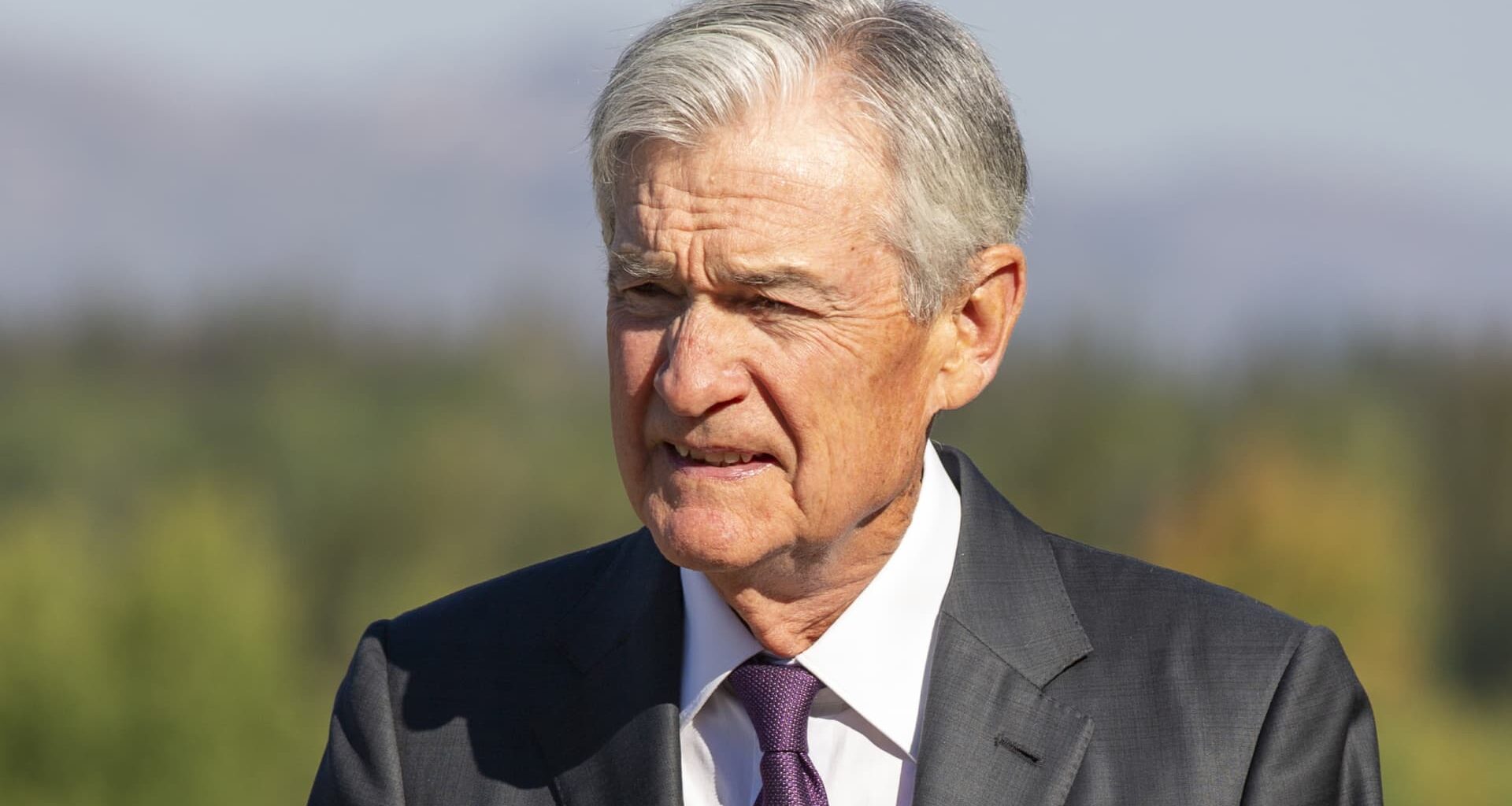With Fed likely to cut, the big questions are: How deep a move? How divided a decision?
With signs of the labor market weakening, the Federal Reserve is widely expected to reduce its benchmark interest rate by a quarter-point, or 25 basis points. However, there are some who want the central bank to go further faster.
The critical questions investors will want to answer are: How far will interest rates fall this year and how divided is the central bank?
The July meeting was notable for its two dissenters, Governors Christopher Waller and Michelle Bowman. This time around the tension could be heightened even further. President Donald Trump has appointed Stephen Miran to the group. Miran, who replaced Adriana Kugler, has been a Fed critic and he is expected to push for deep cuts.
If the majority opts to ease rates by 25 basis points, it is possible Waller and Bowman will once again dissent. This time, joined by Miran.
In addition, there also could be pressure to keep the benchmark rate steady between 4.25% and 4.50%. That could put two other Federal Open Market Committee members in the opposition. Kansas City Fed President Jeffrey Schmid and St. Louis Fed President Alberto Musalem are seen by some as wanting to keep rates where they are.
— Christina Cheddar Berk
Where the markets stand prior to the Fed’s decision
The three major averages were mixed around 1:50 p.m. ET as the Federal Reserve’s rate decision loomed.
The S&P 500 was last down 0.1%, while the Nasdaq Composite shed 0.4%. The Dow Jones Industrial Average, however, was toting a 210-point gain, or up about 0.5%.
The 10-year Treasury yield traded at 4.045%, up nearly 2 basis points. The rate on the 2-year Treasury was last up 3 basis points at 3.541%.
—Christina Cheddar Berk
Where consumer rates stand since March 2022
A woman carries shopping bags in Manhattan in New York City, U.S., August 11, 2025.
Eduardo Munoz | Reuters
Savers and investors who look for attractive yields on fixed income assets have faired pretty well since the Federal Reserve started raising rates in March 2022.
As of the week ended Sept. 12, the annual percentage yield on a five-year certificate of deposit sat at 1.7%, up from 0.5% in March 2022, according to Haver. Yields on savings accounts are also currently higher: 0.4% as of Sept. 12, versus the 0.06% paid in March 2022, per the Federal Deposit Insurance Corporation, or FDIC.
Rates haven’t been so great for borrowers, however, even as the Fed cut by a full point in 2024. The average rate on a 30-year mortgage stood at 6.29% last week, compared with 4.29% in March 2022, according to Mortgage News Daily. Credit card annual percentage rates also remain high, standing at 20.12% as of a week ago, versus 16.34% in March 2022, according to Bankrate.
—Christina Cheddar Berk, Nick Wells
If the Fed cuts rates, will the market come to regret it?
With the market so sure that a rate cut is coming, some have suggested Wednesday’s news could put pressure on stocks.
“As we look toward month-end, Fed Day may act as a ‘sell-the-news’ event as investors take time to consider the Fed future reaction function, potentially stretched positioning, a temporarily weaker corporate buyback bid, waning Retail investor participation, and quarter-end rebalancing,” JPMorgan’s trading desk wrote.
Others fear the interest rate cut will itself do more harm than good, with longtime market watcher Ed Yardeni saying it’s “throwing gasoline on a fire.”
He’s in the camp that believes the economy is still on solid footing even as inflation has remained above the central bank’s 2% target and job growth has slowed.
—Christina Cheddar Berk, Fred Imbert

